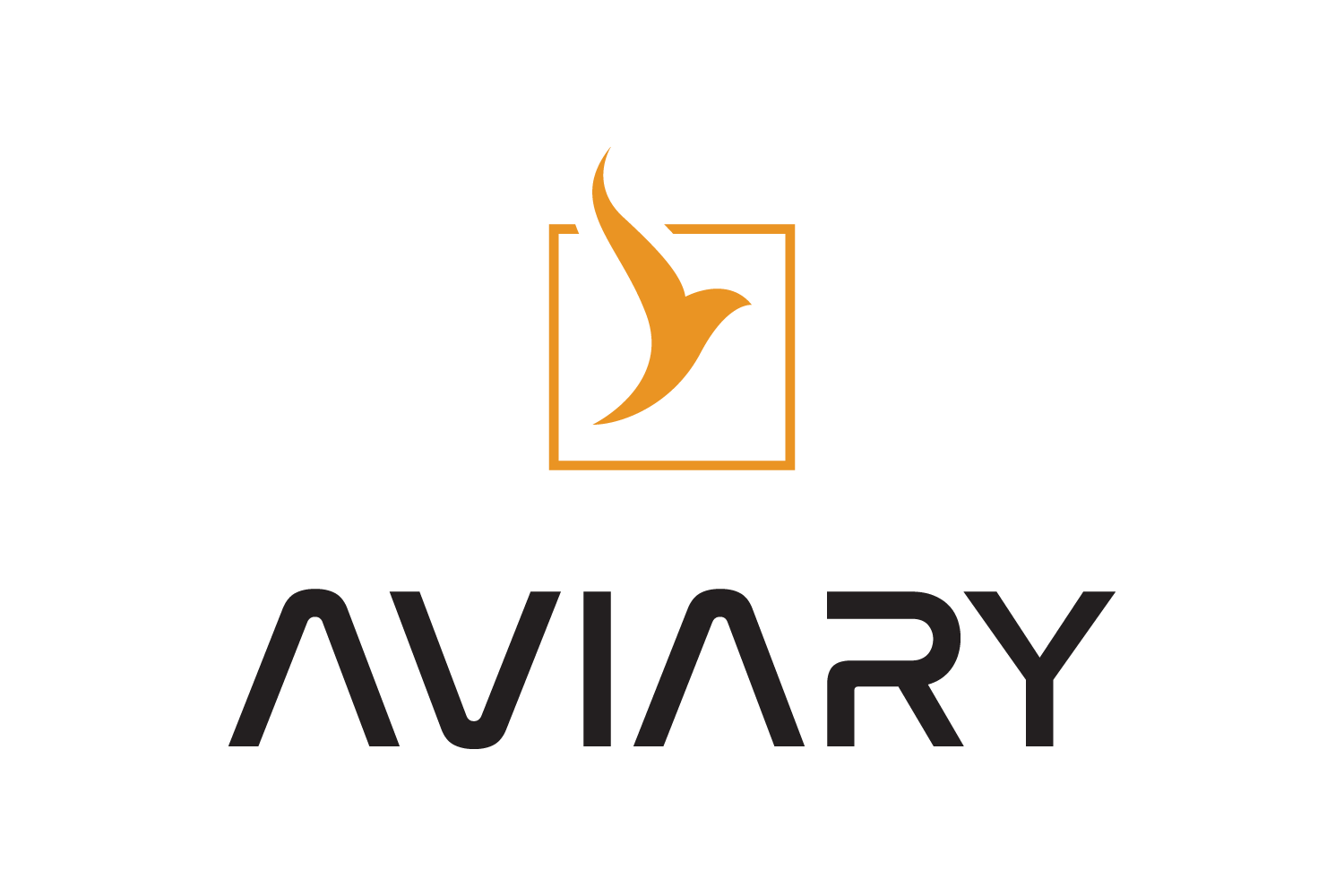Mass Subsystem#
The mass subsystem in Aviary plays a straightforward but crucial role. We need to know a reasonable estimate for the mass of an aircraft to evaluate its performance. The mass subsystem provides this estimate.
Note
The mass subsystem in Aviary is similar to the “weights” or “weights and balances” in other tools or aircraft design.
Overview#
Aviary’s mass subsystem is designed to accommodate different methodologies, including FLOPS-based and GASP-based approaches, catering to diverse design needs and preferences. The subsystem is divided into multiple components, each handling specific aspects of mass calculation.
FLOPS-Based Components#
Total Mass Summation (MassSummation): Orchestrates the calculation of the total mass by summing up contributions from structural, propulsion, systems and equipment, and fuel masses.
Structure Mass (StructureMass): Calculates the mass contributions from the aircraft’s structural components like wings, fuselage, landing gear, etc.
Propulsion Mass (PropulsionMass): Computes the mass related to the aircraft’s propulsion system, including engines and associated components.
Systems and Equipment Mass (SystemsEquipMass): Determines the mass of systems and equipment on the aircraft, with an alternative calculation option (
AltSystemsEquipMass) available.Empty Mass (EmptyMass): Represents the total mass of the aircraft without fuel, calculated using either standard or alternative methods.
Operating Mass (OperatingMass): Accounts for the mass of the crew, passengers, and service items in addition to the empty mass.
Zero Fuel Mass (ZeroFuelMass): The total mass of the aircraft without considering the fuel.
Fuel Mass (FuelMass): Calculates the mass of the fuel required for the mission.
GASP-Based Components#
Design Load Group (DesignLoadGroup): Establishes design load parameters that influence other mass calculations.
Fixed Mass Group (FixedMassGroup): Deals with fixed masses, like payload and engine mass, that are essential in determining the wing and fuel mass.
Equip And Useful Load Mass Group (EquipAndUsefulLoadMassGroup): Calculates the equipment and useful load mass, vital for determining the aircraft’s operability.
Wing Mass Group (WingMassGroup): Computes the mass of the wing, influenced by fixed mass group outputs.
Fuel Mass Group (FuelMassGroup): Determines the fuel mass, taking into account design load and fixed mass group parameters.
Using the Mass Subsystem#
The choice of which code’s methods for mass estimate to use is set using the variable settings:mass_method. This variable can be specified in the Aviary input file or can be manually set when using the Level 2 or 3 interface.
To effectively use the mass subsystem in Aviary, users need to provide reasonable estimates for mass-related variables in their aircraft .csv file.
Which variables are used depends on which mass estimation subsystem you’re using, such as aircraft:crew_and_payload:mass_per_passenger, aircraft:engine:additional_mass_fraction, etc.
Aviary allows for extensive customization and extensions within the mass subsystem. Users can develop alternative components and integrate them as subsystems with the existing platform.
External Mass#
Specifying the external mass method disables Aviary’s core mass group. This allows for external subsystems to completely replace these calculations.

